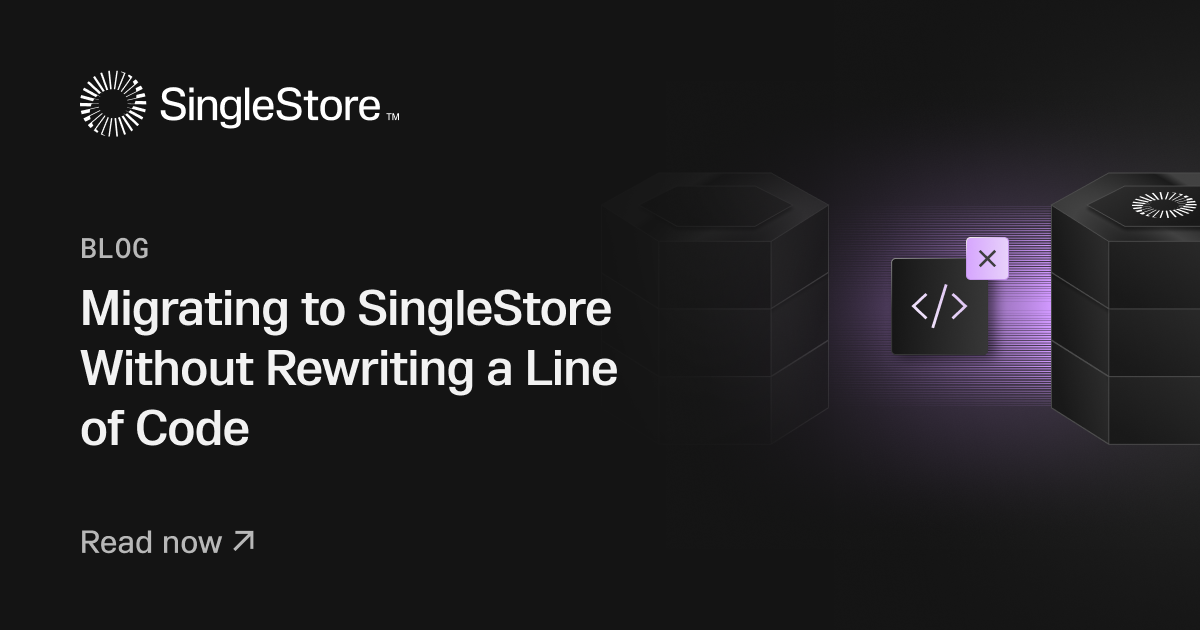
Make Your Own Backup System – Part 2: Forging the FreeBSD Backup Stronghold
With the primary backup strategies and methodologies introduced, we've reached the point where we can get specific: the Backup Server configuration.
When choosing the type of backup server to use, I tend to favor specific setups: either I trust a professional backup service provider (like Colin Percival's Tarsnap), or I want full control over the disks where the backups will be hosted. In both cases, for the past twenty years, my operating system of choice for backup servers has been FreeBSD. With a few rare exceptions for clients with special requests, it covers all my needs. When I require Linux-based solutions, such as the Proxmox Backup Server, I create a VM and manage it within.
I typically use both IPv4 and IPv6. For IPv4, I "play" with NAT and port forwarding. For IPv6, I tend to assign a public IPv6 address to each jail or VM, which is then filtered by the physical server's firewall. Unfortunately, every provider, server, and setup has a different approach to IPv6, making it impossible to cover them all in this article. When a provider allows for routed setups, I use this approach: Make your own VPN: FreeBSD, WireGuard, IPv6, and ad-blocking included - assigning a /72 to the bridge for the jails and VMs.
In my opinion, FreeBSD is a perfect all-rounder for backups, thanks to its ability to completely partition services. You can separate backup services (or specific servers/clients) into different jails or even VMs. Furthermore, using ZFS greatly enhances both flexibility and the range of tools you can use.















